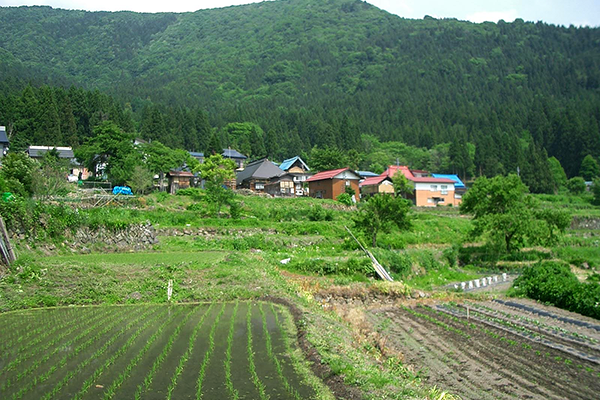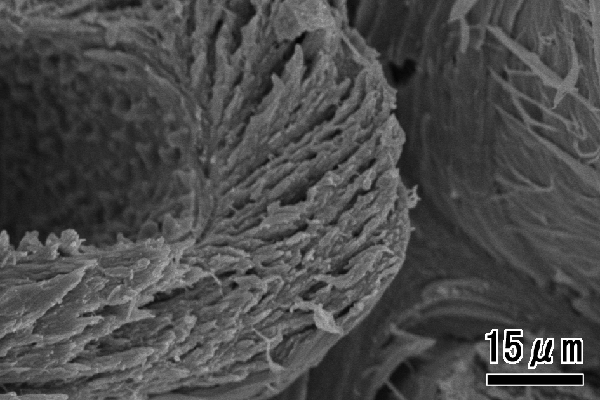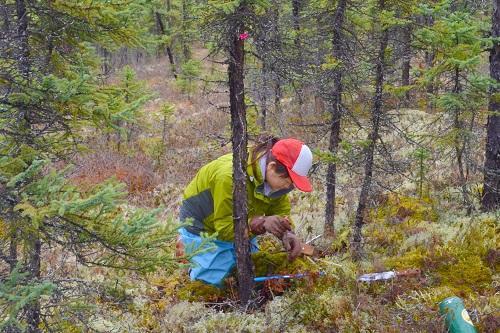Graduate School of Science and Technology(Master's Program)>Department of Agriculture>Environmental Symbiosis Science Division
Environmental Symbiosis Science Division
Overview
The Environmental Symbiosis Science Division has the educational goals to foster the human resources who have comprehensive capabilities for scientifically observing the coexistence of human and natural environments in the rich natural environment of Shinshu, from mountain and forest areas to rural-residential areas.
This division consists of three units: Forest Resource Use Science, Regional Environment Coexistence Science, and Mountain Environment Conservation Science. These units provide education and research for realizing sustainable societies, regarding forest environment conservation and repair, mountain-area disaster prevention and watershed management, forest-resource sustainable production and effective use, farming-community production environment improvement and maintenance, green environment conservation and use planning, etc.
Through the “hands-on approach” education that fully utilizes the cooperation of campuses, local research forests, and regional communities, you will acquire advanced professional knowledge and application skills that are required for 21st-century human resources who can contribute to creating a rich environment in which humans and nature can coexist sustainably.

This division researches a wide range of areas from mountain and forest areas to residential areas such as farming and mountain villages and cities.

The research targets range from micro-level objects (e.g., tree genes and cells) to macro-level objects (e.g., climatic change).

The research fields widely range from Shinshu to overseas (e.g., Alaska).
Main Research Themes
- Forest measurement and planning science, remote sensing, and GIS research
- Forestry activities and management for forest resource use and reforestation
- Planning of forest-road-network deployment, and efficiency improvement of forestry machinery and work system
- Structural use of wood materials
- Unraveling the control mechanism of tree growth and wood formation
- Research of public and functional evaluation of forest carbon dioxide absorption, etc.
- Large-scale wind damage risk assessment, and unraveling the damage occurrence mechanism
- History and conservation and use planning of green areas
- Sustainable environment planning for environment conservation and natural restoration in cities and farming villages
- Conservation and management of biodiversity and landscape in green environment
- Modeling of heat and water balance on various ground surfaces
- Maintenance of agricultural and forestry facilities in mountainous areas, and rural-district development planning
- Theoretical and empirical research about forestry structural changes
- Research of forest structure and regeneration mechanism, and silviculture
- Ecological function of artificial forests
- Unraveling the sediment production and runoff mechanism in mountain watershed
- Confirmation of current status of sediment runoff from watershed, and long-term evaluation of soil loss history
- Unraveling the factors that affect secondary growth and quality of trees, and dendrochronology
- Classification geography, biology, and evaluation of wild resource plants
- Water and soil conservation in mountain forest areas